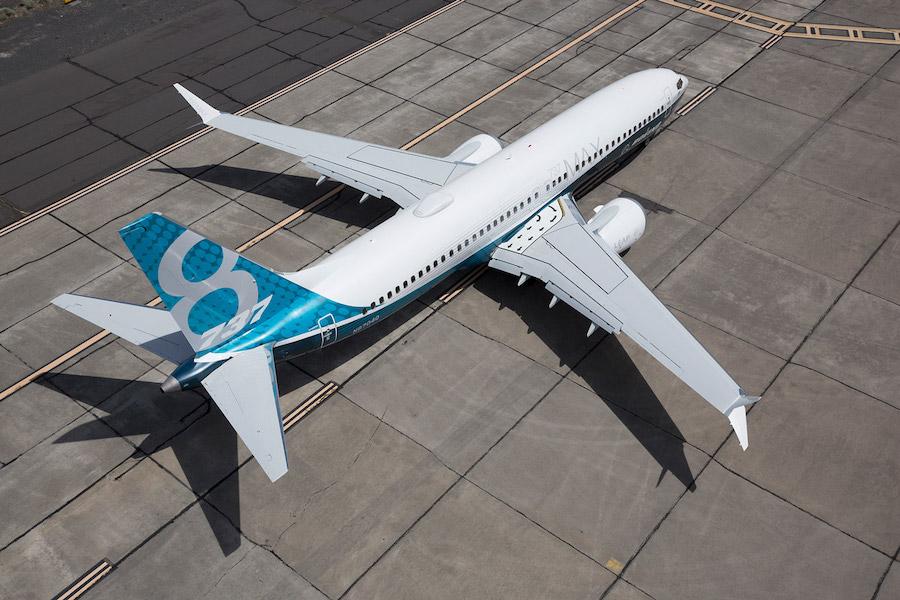
Credit: Boeing
FRANKFURT—EASA plans to issue its Airworthiness Directive (AD) detailing the conditions for the ungrounding of the Boeing 737 MAX next week, EASA executive director Patrick Ky said Jan. 19. The issuing of the directive is the last regulatory step needed for the aircraft to return to service in...
Subscription Required
This content requires a subscription to one of the Aviation Week Intelligence Network (AWIN) bundles.
Schedule a demo today to find out how you can access this content and similar content related to your area of the global aviation industry.
Already an AWIN subscriber? Login
Did you know? Aviation Week has won top honors multiple times in the Jesse H. Neal National Business Journalism Awards, the business-to-business media equivalent of the Pulitzer Prizes.





